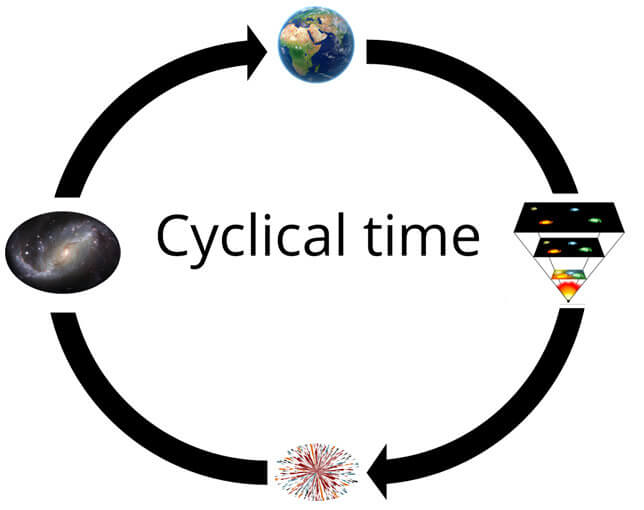This post is part of a larger deep dive
Curious about the role of Buddhism and Nietzsche’s Eternal Recurrence idea in Cloud Atlas? Check out Cloud Atlas Explained!
Or read the full Cloud Atlas article!
This post is part of a larger deep dive
Curious about the role of Buddhism and Nietzsche’s Eternal Recurrence idea in Cloud Atlas? Check out Cloud Atlas Explained!
Or read the full Cloud Atlas article!

Here’s what Nietzsche had to say about the idea of Eternal Recurrence:
“What, if some day or night a demon were to steal after you into your loneliest loneliness and say to you: “This life as you now live it and have lived it, you will have to live once more and innumerable times more; and there will be nothing new in it, but every pain and every joy and every thought and sigh and everything unutterably small or great in your life will have to return to you, all in the same succession and sequence – even this spider and this moonlight between the trees, and even this moment and I myself. The eternal hourglass of existence is turned upside down again and again, and you with it, speck of dust!”
So, according to Nietzsche, every moment that makes up our lives will be re-experienced again in exactly the same way.
That means that every pleasure you’ve had, every pain, every thought, every laugh, absolutely everything, will be replayed an infinite number of times, and in the exact same order as you have previously experienced them.
Now, why did Nietzsche come up with such an outlandish idea?

The doctrine of the Eternal Recurrence is mentioned in Nietzsche’s book The Gay Science. In this book, Nietzsche tells us to imagine standing in the middle of a road. Behind us, the road goes on and on indefinitely – this road represents the past. In front of us, the road is equally infinite in length – that would be the future. The exact spot we are standing on, that is the present.
It follows then that if the path behind us is infinite, then everything that can happen will have happened. The past contains everything, and there is nothing new that could have happened.
The same logic applies to the road to the future. It’s infinite, so it will contain every possibility.
Nietzsche’s reasoning was that the past already contains all my experiences and moments, and the future, being infinite, will also contain the same experiences and moments.

Nietzsche continues with his thought experiment, saying that we should visualise time as circular. We shouldn’t fall prey of our perception of time being linear, with a beginning and an end.
Furthermore, Nietzsche argues that the universe, and everything it contains, is nothing more than finite energy. We are manifestations of that energy, and so are all animals, the sea, atoms, galaxies, and everything else. Because the energy within the universe is finite, there is a finite number of rearrangements of that energy. In other words, the totality of beings and events that can possibly happen in our universe is limited.
In contrast, time is infinite. And if you have a limited amount of events but infinite time to express those events, then, at some point, you will have to repeat those same events (by the way, this idea is similar, but not quite the same, as the scientific theory of an infinite universe).
Thus, everything is considered eternal, not because they are immortal, but because they live and die an infinite amount of times.
Leave a comment
Add Your Recommendations
Popular Tags